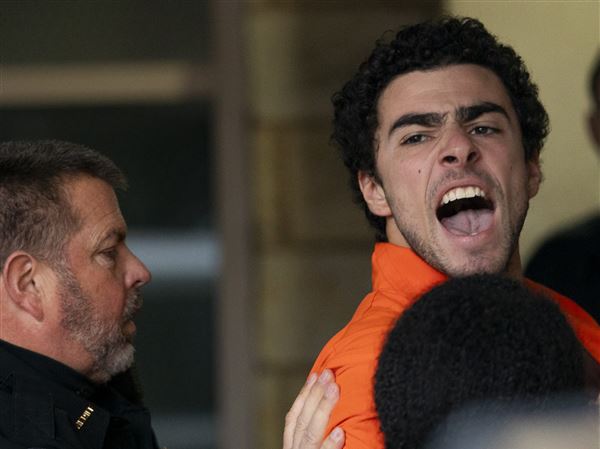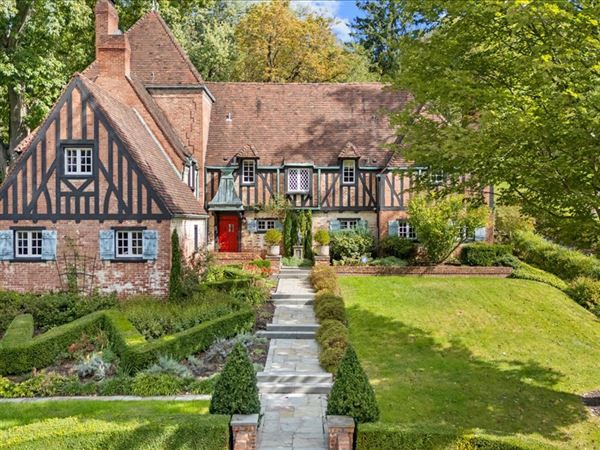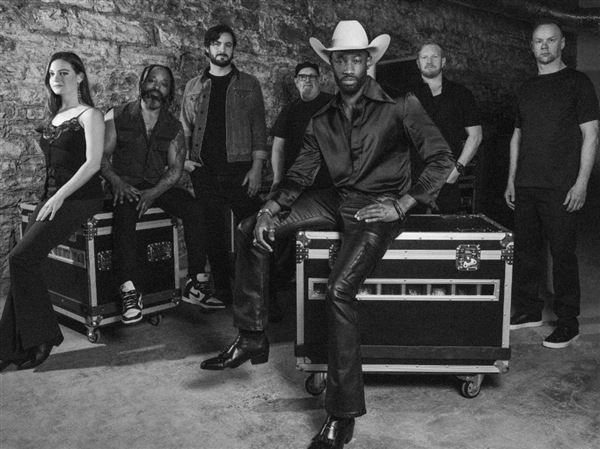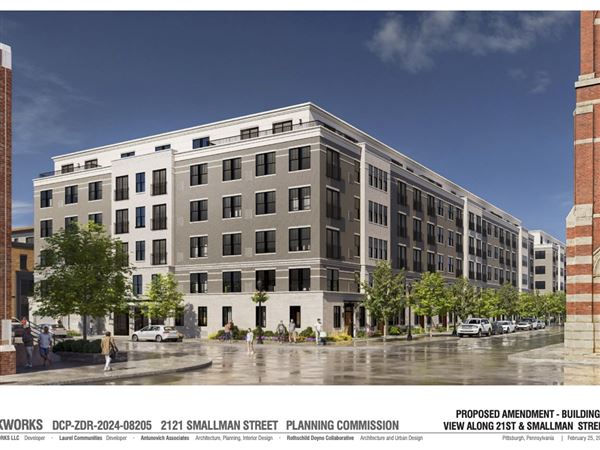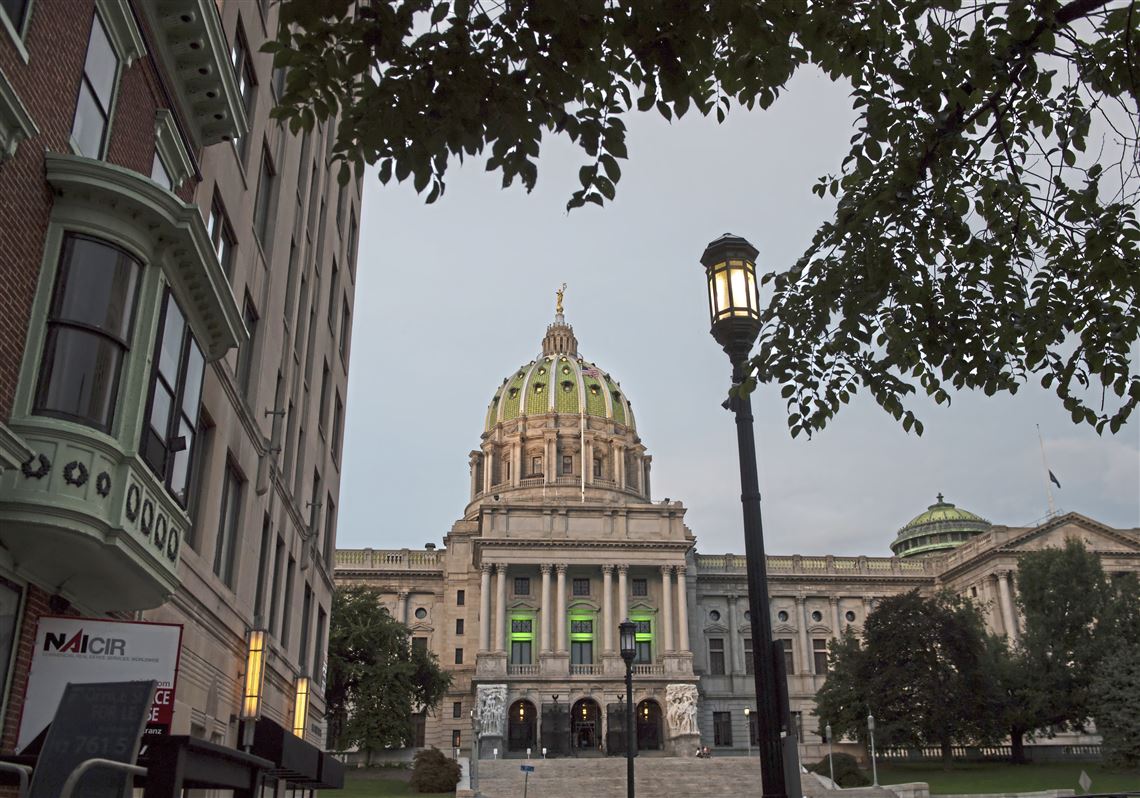Robust voter turnout for Democratic presidential nominee Joe Biden could help lift his party to capture majority control in the Pennsylvania House for the first time in a decade, according to independent political analysts studying the commonwealth.
Still, party faithful tempered that prospect in conversations leading into Tuesday’s general election, citing entrenched GOP strength in contested districts. Candidates on both sides forecast a tight race for the chamber, where the dominant party typically determines which bills see a vote.
Democrats would need to win nine additional seats to flip majority control from Republicans, who hold 110 House seats to the Democrats’ 93. The GOP lost 11 seats to Democrats in the 2018 midterm election.
“It really does seem like so much depends on the top of the ticket, [Mr. Biden’s] performance and if there’s that coattail effect” on regional races down the ballot, said Dana Brown, executive director of the Pennsylvania Center for Women and Politics at Chatham University.
Among likely Pennsylvania voters, the former vice president led President Donald Trump by 3.6 percentage points — 49.5% to 45.9% — in a RealClearPolitics average of eight polls taken from Oct. 17 through Thursday.
Also this month, the nonpartisan Cook Political Report amended its outlook for control of the state House from “Lean Republican” to “Toss Up.” The reassessment stems from conversations with Republican and Democratic strategists and independent experts, said Louis Jacobson, who handicaps state legislative chambers for the Cook report.
His sources were unanimous that the state House is looking more like a toss-up, while the state Senate “should remain in the ‘Lean Republican’ category,” he wrote via email.
“It seemed to me that the biggest factor for most of my sources was the down-ballot effect of running with Biden this year,” Mr. Jacobson told the Pittsburgh Post-Gazette.
Another election prognosticator, the Virginia-based CNalysis group, gave the Democrats a 38.6% chance of gaining a House majority. Either way, the party should see a net gain in seats due in part to legislator retirements in the Philadelphia suburbs and Mr. Trump’s unpopularity in that area, said CNalysis director Chaz Nuttycombe.
In Western Pennsylvania, the only House seat he predicts will flip from Republican to Democratic control is held by state Rep. Aaron Bernstine, he said. GOP caucus leadership urged the Lawrence County Republican to resign after videos showed him encouraging his 5-year-old son to puff a cigar and use explicit language.
Democrat Kolbe Cole and United Party candidate Johnathan Peffer are running against Mr. Bernstine for the House District 10 seat.
Mr. Nuttycombe listed three hurdles confronting Democratic House challengers in the region: Mr. Trump’s relative strength in Western Pennsylvania, the relative lack of college-educated voters in the Pittsburgh suburbs and the effects of gerrymandering, or the drawing of district boundaries to benefit one party over another.
“It’s mostly rural out there, and that area swung pretty heavily to Trump in the 2016 election,” Mr. Nuttycombe said.
Among the local seats Democrats hope to pick up: the slot held by former House Speaker Mike Turzai, R-Marshall, for which Democrat Emily Skopov of Marshall and Republican Rob Mercuri of Pine are facing off. The party also is eyeing incumbent Republican state Reps. Valerie Gaydos of Aleppo and Lori Mizgorski of Shaler, who are facing Democratic challengers Michele Knoll of Ohio Township and Lissa Geiger Shulman of Hampton, respectively.
Republican challengers include John Waugh of Ross and John Ritter of Monroeville, who are campaigning to upset incumbent Democratic state Reps. Sara Innamorato of Upper Lawrenceville and Brandon Markosek of Monroeville, respectively.
“The Republican base is going to turn out in force in Pennsylvania,” Mr. Waugh said. Voters are venting deep frustration with the state’s handling of the coronavirus pandemic under Democratic Gov. Tom Wolf, he said.
“I feel there’s a lot of animosity and resentment on behalf of businesses that have been bearing the large brunt of the shutdowns, especially bars and restaurants,” Mr. Waugh said.
He suspects the GOP will maintain control in the House, he said. Ms. Innamorato said the question likely will hinge on voter turnout.
While Democrats have united against Mr. Trump, “there’s also something to be said about how you motivate people and what vision you’re offering them,” Ms. Innamorato said. She urged investment “back into public good, our common goals.”
“Both parties, for a long time, chose the path of austerity and starved the public sector of the resources it needs to serve the public good. We’ve seen what that divestment has done in the last months very intimately,” Ms. Innamorato said, noting difficulties in distributing public benefits.
Meanwhile, political fundraising tallies give an edge to House Democrats. Their campaign committee nearly doubled its Republican counterpart’s spending over the last four months, raising and spending more than $12 million in that period. The House Republicans’ campaign arm raised $6 million and spent $7.2 million during the reporting period, which ran from June 23 to Oct. 19.
Still, any Democratic gains in the House may not foreshadow any immediate shifts in major state policies. Republicans “will still have the Senate,” Mr. Waugh said.
“Obviously, I want Republicans to maintain control of the House,” he said. “But I don’t see [Democratic control] as a cataclysmic, world-ending event.”
The Associated Press contributed. Adam Smeltz: asmeltz@post-gazette.com, Twitter @asmeltz.
First Published: November 1, 2020, 12:00 p.m.

